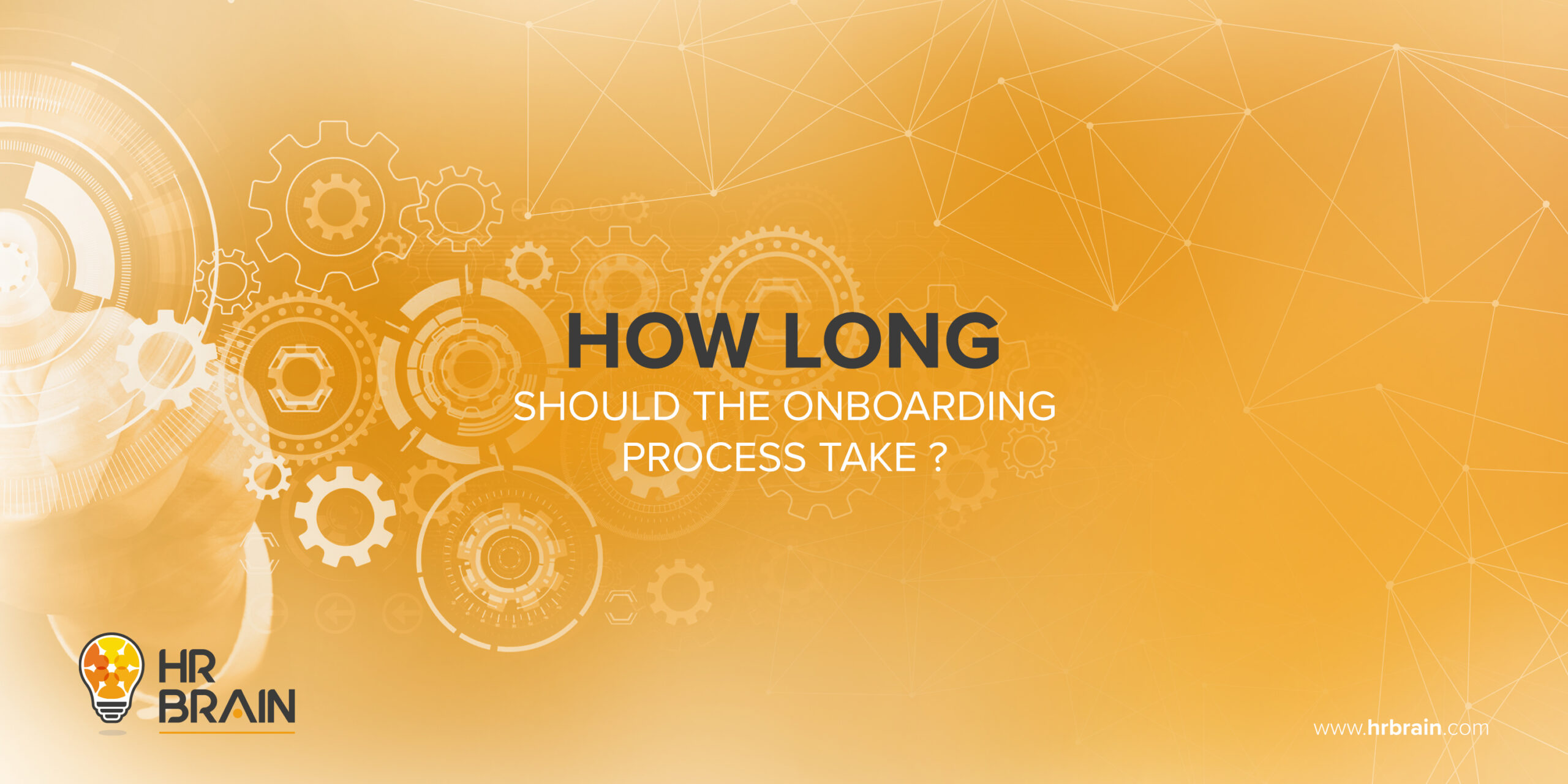How Long Should the Onboarding Process Take?
How many of you have experienced a lengthy and tedious onboarding process? Although the onboarding process takes plenty of time; it doesn’t have to. The integration of employees into an organization should be a smooth and seamless process. Having too long of an onboarding process can result in a negative experience with the company. Several factors can influence the duration of onboarding, but the outcome of it is what drives success. Don’t be one of the companies that fall into this trap, so let’s explore why it may take longer for some companies to complete onboarding.
Factors Influencing Onboarding Duration:
Role Complexity: The position you’re hiring for can greatly affect the duration of onboarding. If a role requires niche skills or involves intricate details, it can take longer than others. For example, a software engineer joining a technology company may require time to familiarize themselves with coding standards, development tools, and project management methods.
Organization Size: The size of a company impacts the duration of boarding. Small companies may take less time than larger companies, as larger companies would have more procedures and policies to implement. Moreover, when there are multiple departments, it may take the new employee a little longer to understand the dynamic of their role.
Industry Specifics: No one industry requires the same role specifications and qualifications. Each industry is different from the other and often times when there is an industry with unique requirements, it may extend the duration. For instance, healthcare and finance may require more training to ensure that they understand industry-specific guidelines and procedures.
Company Culture: Company culture has a significant role in onboarding. Companies that prioritize new employees to explore the company’s culture would require more time to get accustomed. Understanding the nature of the company and integrating into relationships with other individuals can extend the onboarding process.
The Importance of a Well-Structured Onboarding Process:
A well-structured onboarding process is crucial for several reasons. This is the candidates’ first impression of the company and sets the tone for their experience with it. It increases new hire retention by at least 50%, so it is important to put a lot of thought into how you want it to be. Onboarding also encompasses welcoming and engaging with new employees to provide assistance and make them feel comfortable getting to know everyone. Onboarding is the foundation for providing all the necessary information, resources, and guidance for a new employee to succeed in their position and within the company; therefore, it must be effective and not too long. A positive onboarding experience enhances job satisfaction, engagement, and retention, while a poorly executed onboarding can result in disengagement and turnover.
Optimizing Onboarding for Efficiency:
Companies can utilize various strategies to help with onboarding. Having pre-boarding materials, such as welcome packs or online courses, helps new employees familiarize themselves with the company’s culture, policies, and procedures before they start. A structured onboarding plan with clear goals, milestones, and expectations enhances efficiency. Automated software can also be of great value to assist in the process. There are different platforms and technologies that reduce the amount of time spent on transactional procedures, such as paperwork, opening accounts, tracking progress, and more. Creating a well-designed onboarding is what sets you apart from others and is what will retain your employees and lead to a successful experience.
In our humble opinion, a good onboarding process isn’t long or short—it’s what works for your employees and company. An effective onboarding process takes at least one month and can extend up to six months, which is also when probation ends and people are expected to work at full capacity. Each company and industry will be different and there is no optimal answer to how long onboarding in general should be. While a designated onboarding timeline can be intimidating, self-service tools can help new hires to navigate through their day. Consider taking one-on-one feedback sessions, check-ins, and evaluations after the new employees complete their three-month commitment at your company.







